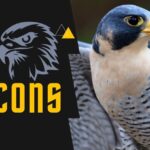Barn owls are among the most captivating and secretive fowls of prey in the world. Known for their unmistakable appearance and ghostly calls, these nighttime seekers play a pivotal part in controlling rat populaces. In this comprehensive direct, we’ll investigate Barn Owl realities and dive into the secrets encompassing these cryptic birds.
Presentation to the Barn Owl
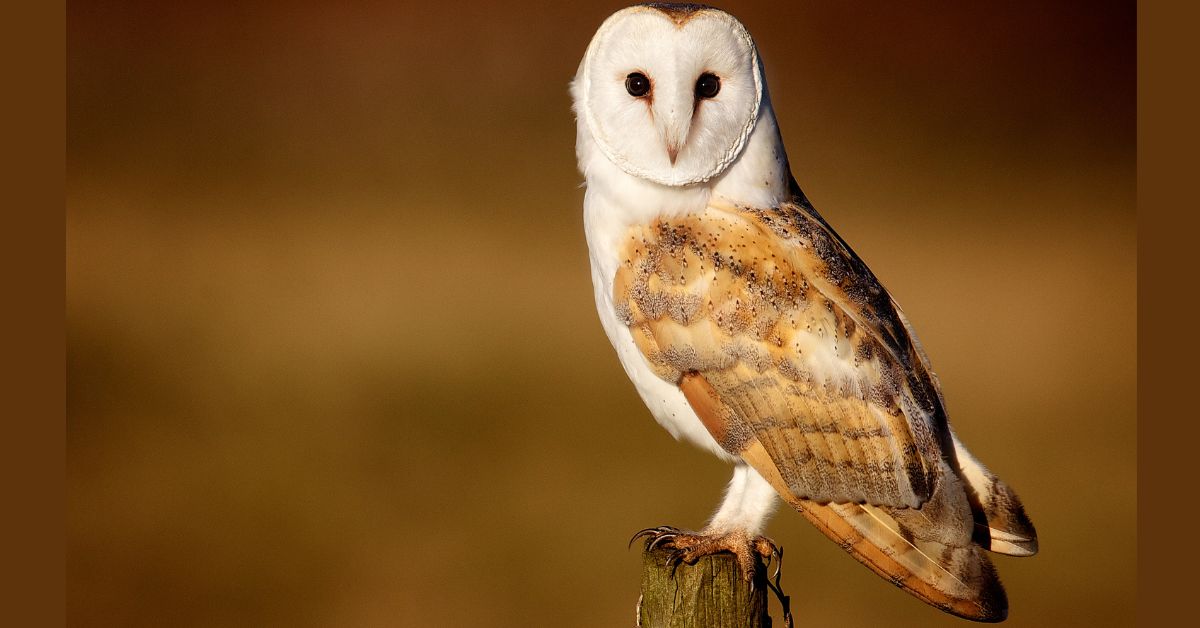
The Barn Owl (Tyto alba) is a far reaching and versatile winged creature of prey found over the globe. With their spooky white faces and heart-shaped facial plates, Barn owls are immediately recognizable. They are nighttime seekers, depending on their extraordinary hearing and noiseless flight to capture prey in the dark.
Physical Characteristics
Barn Owl realities uncover that these winged creatures have a few special physical features:
- Size and Shape: Animal dwellingplace owls are medium-sized raptors with a wingspan extending from 31 to 37 inches. Their bodies are slim and long-legged.
- Coloration: They have a striking appearance with a white or pale-colored confront, chest, and paunch. The back and wings are as a rule a blotched brown with darker spots.
- Facial Plate: The heart-shaped facial plate makes a difference to pipe sound to their ears, improving their capacity to find prey in total darkness.
Territory and Range
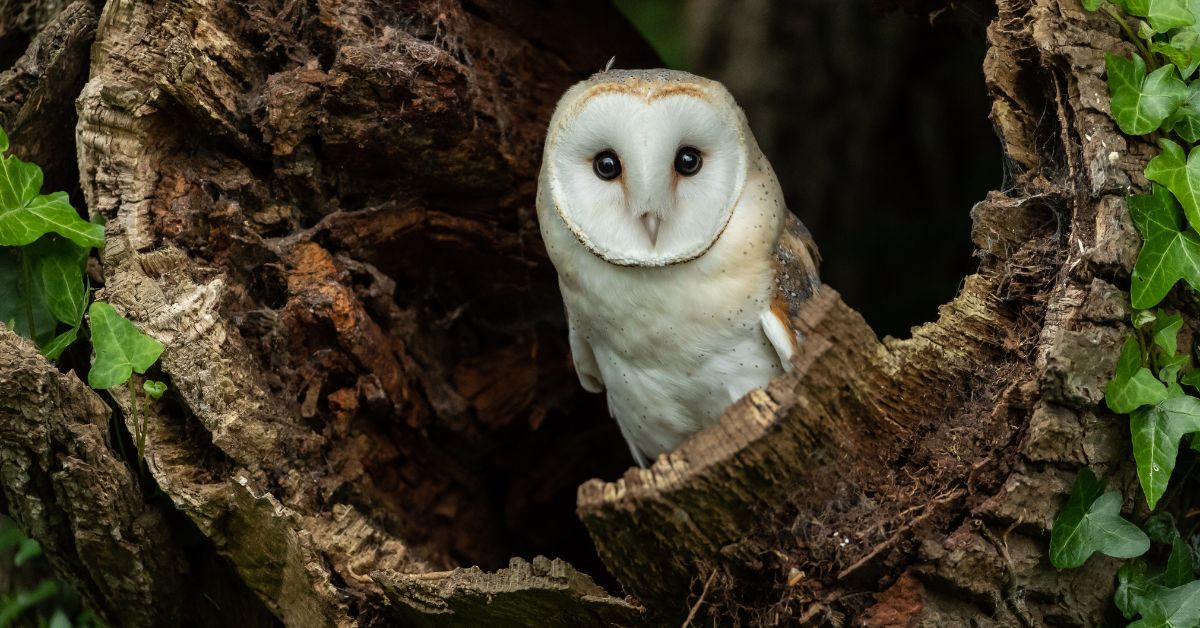
Understanding Barn-owls actualities moreover includes knowing where these winged creatures live:
- Global Dispersion: Barn owls are found on each landmass but Antarctica. They incline toward open scenes such as prairies, farmlands, and open woodlands.
- Nest Locales: They frequently settle in ancient horse shelters, deserted buildings, or characteristic tree cavities. Their versatility permits them to flourish in near nearness to human settlements.
Slim down and Chasing Techniques
Barn Owl truths highlight their part as compelling nighttime predators:
- Diet: Horse shelter owls fundamentally nourish on little warm blooded creatures like voles, mice, and vixens. They may moreover eat creepy crawlies and every so often little birds.
- Hunting: Their chasing methodology includes flying quietly over open zones, utilizing their intense hearing to identify the developments of prey. They can listen sounds as calm as 1/5th of a bat’s echolocation call.
Life structures and Adaptations
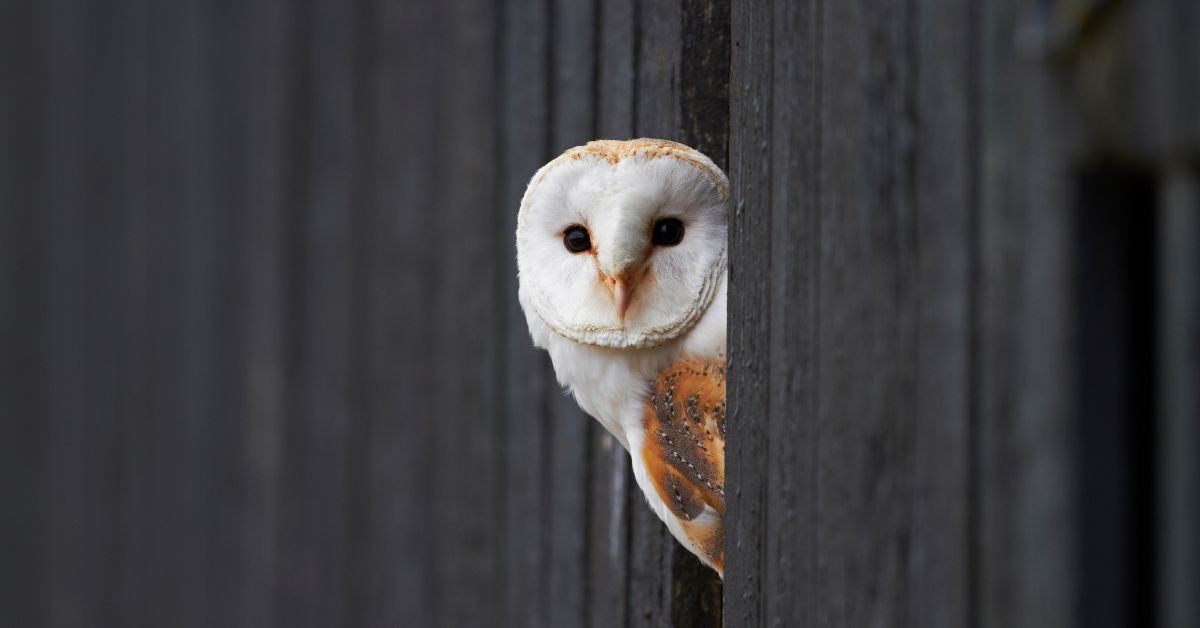
Barn Owl actualities almost their life systems and adjustments uncover why these feathered creatures are such compelling predators:
Remarkable Hearing
- Facial Circle: The heart-shaped facial circle of a horse shelter owl is pivotal for chasing. It channels sound waves specifically to their ears, which are found unevenly on their head. This asymmetry permits them to pinpoint the area of prey with unimaginable exactness, indeed in add up to darkness.
- Auditory Adjustments: Animal dwellingplace owls can identify sounds as calm as 1/5th of a bat’s echolocation call, making them outstandingly delicate to indeed the faintest stirring of prey.
Noiseless Flight
- Feather Structure: The driving edges of horse shelter owl quills are serrated, decreasing the commotion delivered amid flight. The trailing edges of their wings are bordered, advance minimizing sound. This noiseless flight is basic for sneaking up on prey without being heard.
- Flight Designs: Animal dwellingplace owls coast noiselessly through the discuss, frequently flying at moo elevations over open ground. Their flight design is characterized by moderate, ponder wingbeats and long, quiet glides.
Barn-Owl Behavior
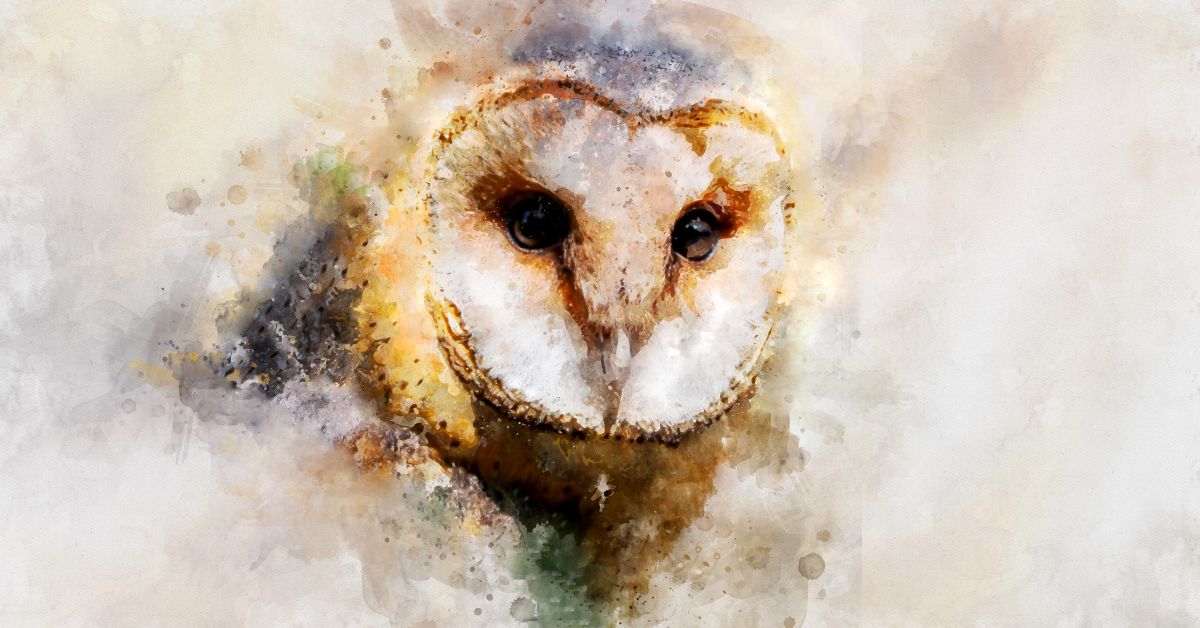
Barn-Owl truths with respect to their behavior give understanding into their every day lives and survival strategies:
Chasing and Feeding
- Hunting Time: Barn-Owl are fundamentally nighttime, chasing amid the night when their sharp faculties are most compelling. They have a tall metabolic rate and require to eat a noteworthy sum of nourishment each night to maintain their vitality levels.
- Prey Taking care of: After capturing prey, animal dwellingplace owls utilize their solid claws to murder it. They regularly swallow little prey entire or tear bigger prey into sensible pieces.
Settling and Raising Chicks
- Nesting Destinations: Barn-Owl are versatile in their settling propensities, utilizing a assortment of areas from tree cavities to man-made structures like horse shelters and church towers. They lean toward dull, calm zones for settling to decrease disturbance.
- Chick Advancement: The chicks are altricial, meaning they are born daze and powerless. They create quickly, picking up quills and learning to fly inside a few weeks. The guardians give steady care and bolstering amid this time.
Barn-Owl Intuitive with Humans

Barn-Owl actualities almost their intuitive with people highlight their part in horticulture and culture:
Agrarian Impact
- Pest Control: Barn-Owl are profitable for controlling rat populaces on ranches and in agrarian zones. Their chasing can decrease the require for chemical rodenticides, profiting both the environment and human health.
- Owl Boxes: Numerous agriculturists and landowners introduce horse shelter owl boxes to energize these winged creatures to occupy their properties, giving characteristic bug control and supporting neighborhood biodiversity.
Social Significance
- Folklore and Imagery: All through history, Barn-Owl have been included in legends and mythology. In a few societies, they are considered images of intelligence, riddle, or passing. Their frequenting calls and spooky appearance contribute to their mystique.
- Conservation Symbols: Barn-Owl are regularly utilized in instructive programs to raise mindfulness around natural life preservation. Their flexibility and part in biological systems make them compelling envoys for broader preservation endeavors.
Propagation and Lifespan
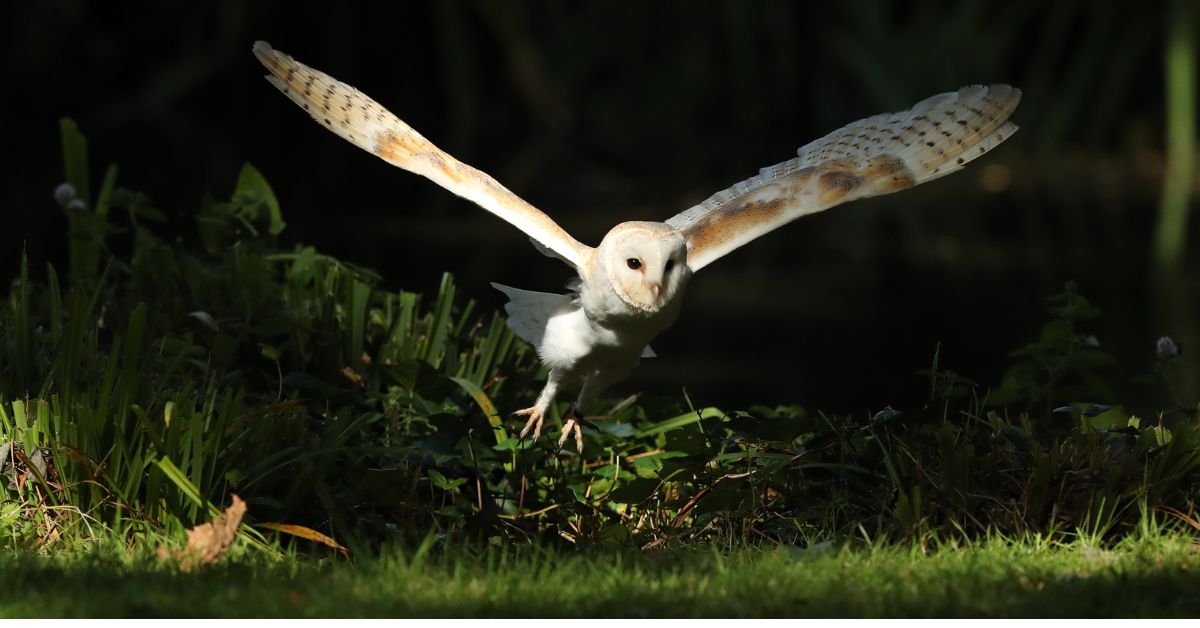
Exploring Barn-Owl actualities almost their propagation gives understanding into their life cycle:
- Breeding Season: Barn-Owl can breed year-round, but the top season is from spring to early summer.
- Nesting: Females lay a clutch of 4 to 7 eggs, which are hatched for approximately 30 to 34 days. Both guardians share the duty of nourishing the chicks.
- Lifespan: In the wild, Barn-Owl ordinarily live around 4 to 5 a long time, in spite of the fact that a few people can live up to 10 years.
Behavior and Social Structure
The Barn-Owl is known for its interesting behavior and social interactions:
- Territorial Nature: Barn-Owl are for the most part singular and regional. They have expansive domestic ranges, which they protect from other animal dwellingplace owls.
- Communication: They communicate through a assortment of vocalizations, counting a unmistakable shrieking call that sounds like “kee-kee-kee.”
Preservation Status

Barn-Owl actualities almost their preservation status are significant for understanding their natural impact:
- Threats: Living space misfortune, pesticide utilize, and vehicle collisions posture critical dangers to Barn owl populaces. In a few ranges, animal dwellingplace owls are too at chance from rat poison.
- Conservation Endeavors: Different organizations are working to ensure animal dwellingplace owls by making manufactured settle locales, diminishing pesticide utilize, and teaching the public.
Intriguing Realities Approximately Barn Owls
Here are a few captivating Barn-Owl actualities that grandstand the ponder of these birds:
- Silent Flight: The horse shelter owl’s plumes are extraordinarily adjusted to decrease flight commotion, permitting them to chase silently.
- Unique Vision: Their eyes are adjusted for low-light conditions, improving their night vision.
- Rodent Control: A single horse shelter owl can expend up to 1,000 rodents a year, making them important partners in agriculture.
Types of Owls: Discover the Majestic Varieties and Their Unique Features
FAQs
Q: How can I pull in Barn-owls to my property?
A: To draw in Barn-owls, give appropriate settling destinations like owl boxes or reestablish ancient horse shelters. Guarantee that there is a adequate supply of nourishment and maintain a strategic distance from utilizing pesticides.
Q: Are Barn-owls unsafe to humans?
A: Barn-owls are not unsafe to people. They are bashful and lean toward to dodge human contact. Their essential danger is to little rodents, not people.
Q: How can I tell if a Barn-owls is in my area?
A: See for signs such as pellets (undigested parts of prey) and tune in for their particular shrieking calls, particularly at night.
Q: Do Barn-owls migrate?
A: Barn-owls are for the most part inhabitant feathered creatures and do not relocate. Be that as it may, in a few districts, they may move brief separations in reaction to regular changes in nourishment availability.
Q: How can I offer assistance with Barn-owls conservation?
A: Back preservation endeavors by giving to organizations that ensure Barn-owls, making secure environments, and teaching others approximately the significance of these birds.
Conclusion
In rundown, Barn Owl truths uncover that these puzzling feathered creatures are not as it were intriguing but too play a crucial part in our environments. Their interesting adjustments, nighttime propensities, and charming behavior make them a subject of awesome intrigued. By understanding and supporting Barn owls, we can contribute to their preservation and appreciate the imperative part they play in keeping up biological balance.
By consolidating these Barn Owl realities into your understanding, you pick up a more profound appreciation for these baffling animals. Whether you are a winged creature devotee or essentially inquisitive almost natural life, the Barn owl offers perpetual interest and understanding into the characteristic world.


